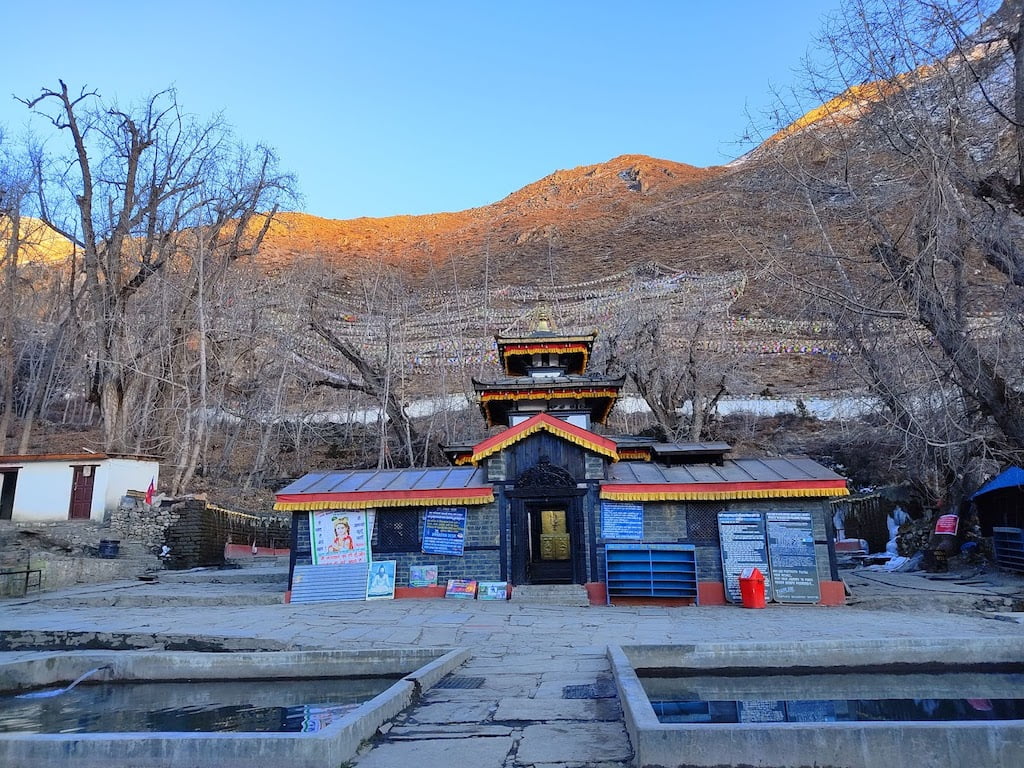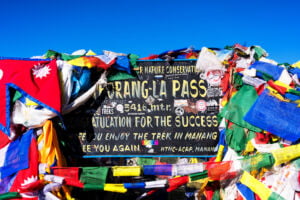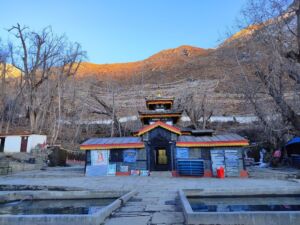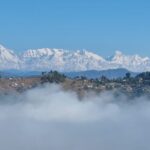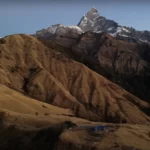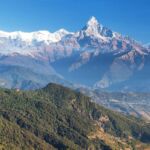The highest religious location in the whole world and one of the Char Dham temples, Muktinath is a highly appraised sacred site by both Hindus and Buddhists. Muktinath Temple is one of the 51 Shakti Pithas and one of the eighth holy locations. It is situated at a height of 3800 meters in Muktinath Valley, on the nether side of the Thorong La mountain pass in Nepal’s Lower Mustang area. Muktinath is also one of the tallest temples in the world. From the temple, you can see high elevation interesting mountain ranges to the south and the Tibetan plains to the north. Ranipauwa, also known as Muktinath village, is a small hamlet located south of Muktinath with several eateries and guest houses.
From Beni, the trip to Muktinath is a rugged mountain road; Beni is located around 3 hours from Pokhara and 9 hours from Kathmandu on a 4-wheeler jeep. Muktinath temple is roughly a 7-hour trip from Beni through Galeswor, Kobang, Marpha, Jomsom, and Jharkot village. It will take at least one night and two days to get from Pokhara. It will be a three-night, four-day journey from Kathmandu, with stops at other captivating locations.
Muktinath is best visited in the spring and fall. During Spring and fall, the temperature in the Muktinath area is warm. If you visit Muktinath during the rainy season, it would be even more magnificent because of the rains on the plateau. The location is more appealing with more foliage and blossoming flowers. However, owing to heavy rain, the driving route may be cancelled, and the weather is not always favourable for flying out of Jomsom airport.
For the Buddhist, Muktinath is a pilgrimage site where Guru Rinpoche stopped to contemplate on his trip to Tibet. Muktinath is also known as Chuming Gyatsa in Tibetan, which translates to “a hundred springs.” Muktinath is a sacred site for Dakinis in Tibetan Buddhism.
Muktinath is revered by both Tibetan and Himalayan Buddhism as one of the 24 locations where Guru Rinpoche (Padmasambhava) practiced in the 8th century on his route from India to Tibet. At the time of his departure, Guru Rinpoche erected a figure based on his own profile. This statue now resides in Mharme Lhakhang Gompa, which is located near the Muktinath temple.
The Muktinath temple has an ancient Buddhist monk where the Buddhist nuns lead the liturgy. A religious event begins on the daily with a Hindu priest performing a morning Puja before handing it over to a Buddhist nun. The prayer services are overseen by a nun throughout the day and at the end of the day a Hindu priests does sunset puja, concluding the day.
Around 1814, a pagoda-style temple was built, and it was refurbished in 1929 and 2012. Muktinath is a sacred site with breathtaking mountain and landscape vistas. This temple is unique in that it brings together people of two separate thelogoies and beliefs to pray under one roof.

Muktinath is known as Mukti Chhetra in Hinduism, which means “place of release or redemption”. Muktinath’s primary temple is a Pagoda-style temple dedicated to Bishnu. Bishnu’s middle statue, Janaki, Lava Kusa, Garuda, the Sapta Rishi and Goddess Saraswoti, are all found in the temple.
The Muktinath temple’s outer courtyard contains 108 bull-faced which discharged water. These taps have been redirected with ice-cold water from the Kali Gandaki River. Two holy ponds may be found in front of the temple. Devotees believe that bathing at these 108 taps and swimming in these two ponds will bring them salvation after death.
Being one of the most famous religious places on Earth, Muktinath receives thousands of visitors every year among which most are Indians. Almost half of the total tourists that visit the sacred temple are Indians. Tourists with non-religious purpose do not visit the temple much, only a few overseas tourists visit the temple but not with the sole purpose of visiting Muktinath but because it is en route to the Annapurna Circuit Trek.
